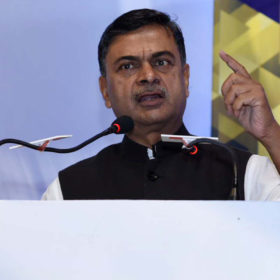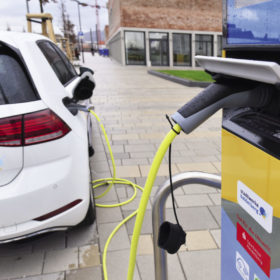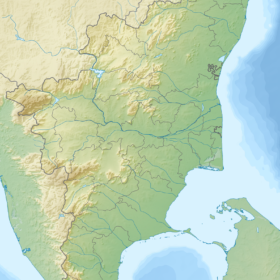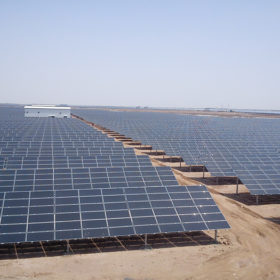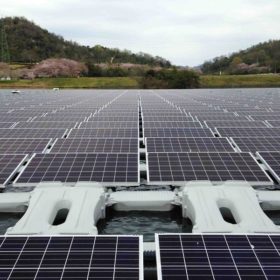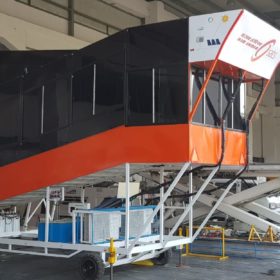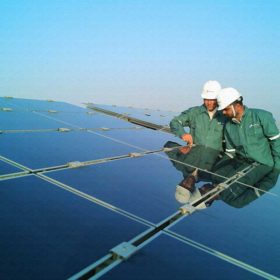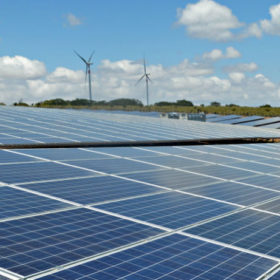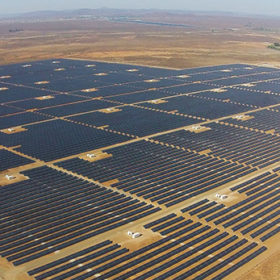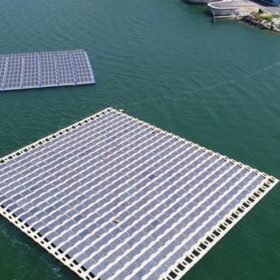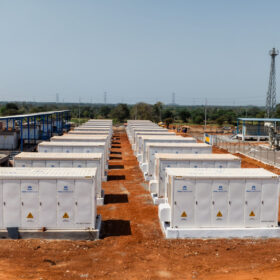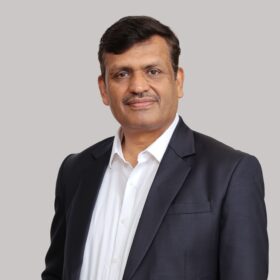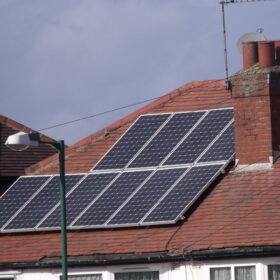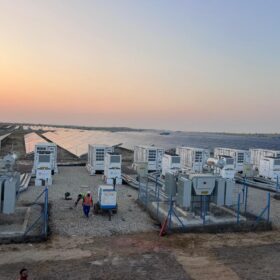India to hike import tariff on solar equipment: Power minister
Tariffs will be hiked down the value chain in order to encourage domestic solar manufacturing, which currently stands at just 3.2 GW for solar cells and 8.5 GW for solar modules.
3rd International Electric Vehicle Conclave to kick off tomorrow at Manesar
Jointly organised by India Energy Storage Alliance (IESA) and The International Centre for Automotive Technology (ICAT), the conclave on EV and charging infrastructure will take place on August 9, 2019 at ICAT’s Manesar Campus in Gurugram with over a hundred participating companies.
NLC commissions 100 MW solar plant in Tamil Nadu
The plant—located at Maranthai and Pudur Villages in Tirunelveli District of Tamil Nadu—is part of 709 MW solar power projects awarded by utility Tamil Nadu Generation and Distribution Corporation.
Gujarat’s solar capacity crosses 2.6 GW mark
Gujarat’s total installed solar capacity has crossed the 2.6 GW mark, according to the latest data released by the Gujarat Energy Development Agency (GEDA).
Uttar Pradesh cabinet clears 150 MW floating solar plant over Rihand Dam
The plant will attract an investment of Rs 750 crore into the state, with Rs 500 crore coming from ReNew Power to set up 100 MW and Rs 250 crore from Shapoorji Pallonji for the remaining 50 MW.
Visaka’s solar roofing to power Air India SATS’ walkways
Air India SATS has introduced new aircraft-boarding walkways that use integrated solar roofing panels from Visaka Industries to run two air-conditioners for up to six hours.
Vikram Solar commissions 5 MW solar plant for state-owned Bharat Dynamics Limited
The plant was conceived under viability gap funding scheme for Ministry of Defence establishment to set up 300 MW of grid-connected and off-grid solar power projects at their locations.
SECI tenders 1.2 GW ISTS-connected renewable energy projects with storage
The projects — solar, wind or a combination thereof — are expected to supply power for a minimum of six hours per day during periods of peak demand. The last date for bids is Sept. 17.
Sterling and Wilson Solar to launch IPO this week
The Shapoorji Pallonji Group’s solar EPC business will hit the capital markets with an initial public offering on Aug. 6.
NTPC opens global bids for 20 MW floating solar project in Uttar Pradesh
The winning developer will be able to use solar modules and cells of any origin for the plant, which will be built in Auraiya district, Uttar Pradesh. Bidding closes on Sept. 5.
